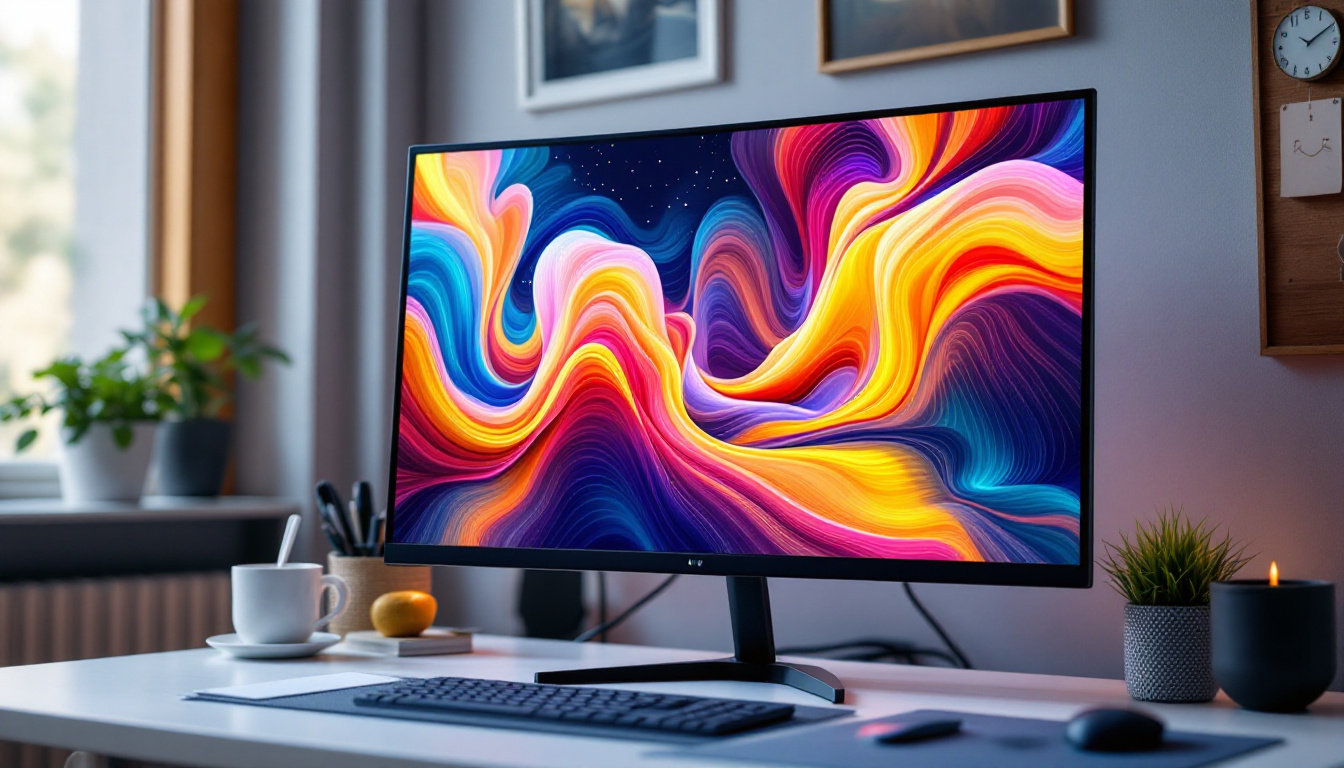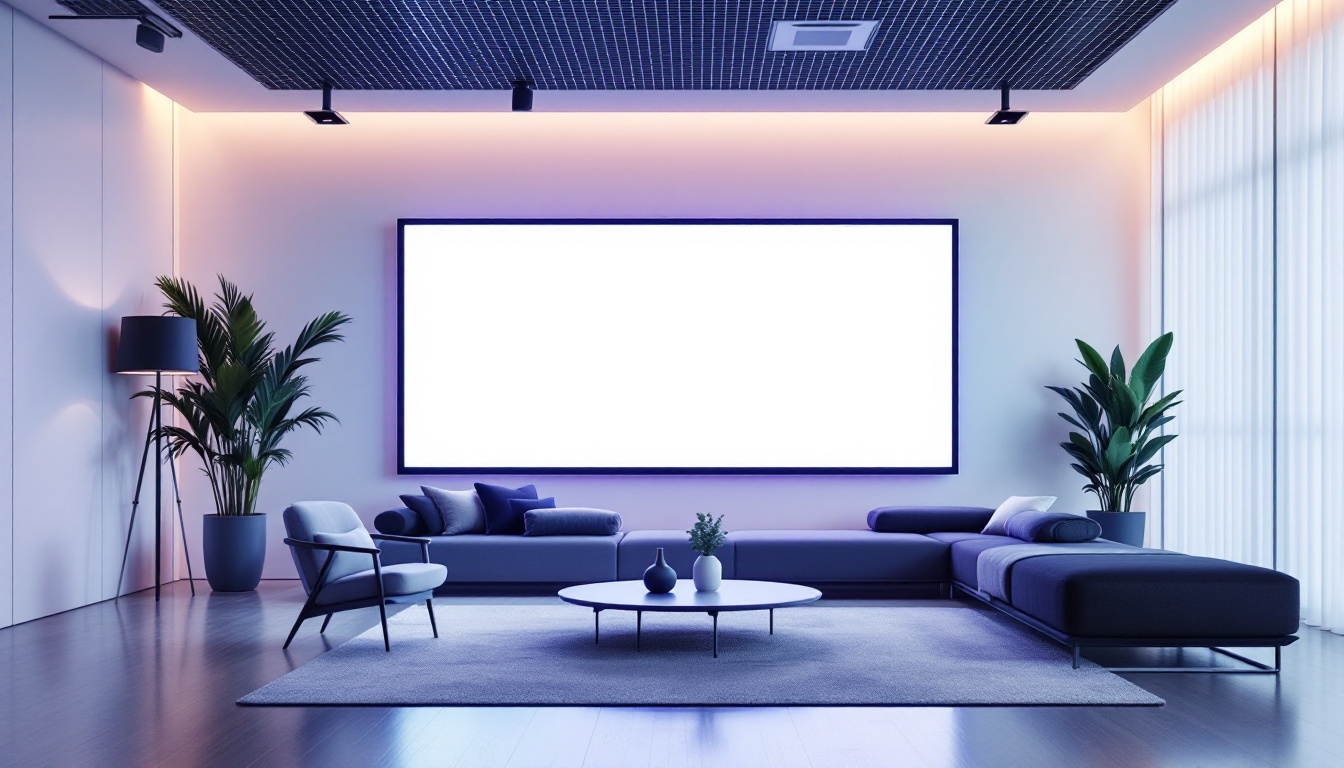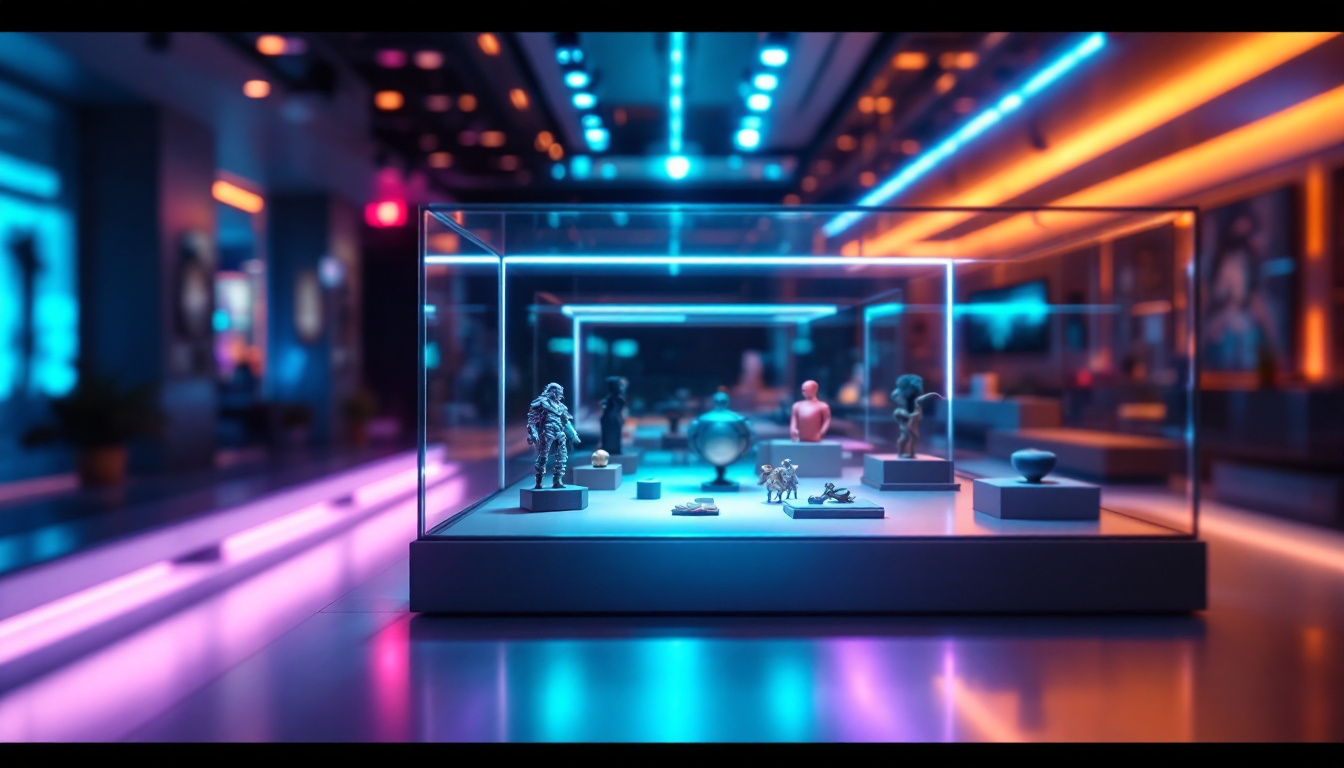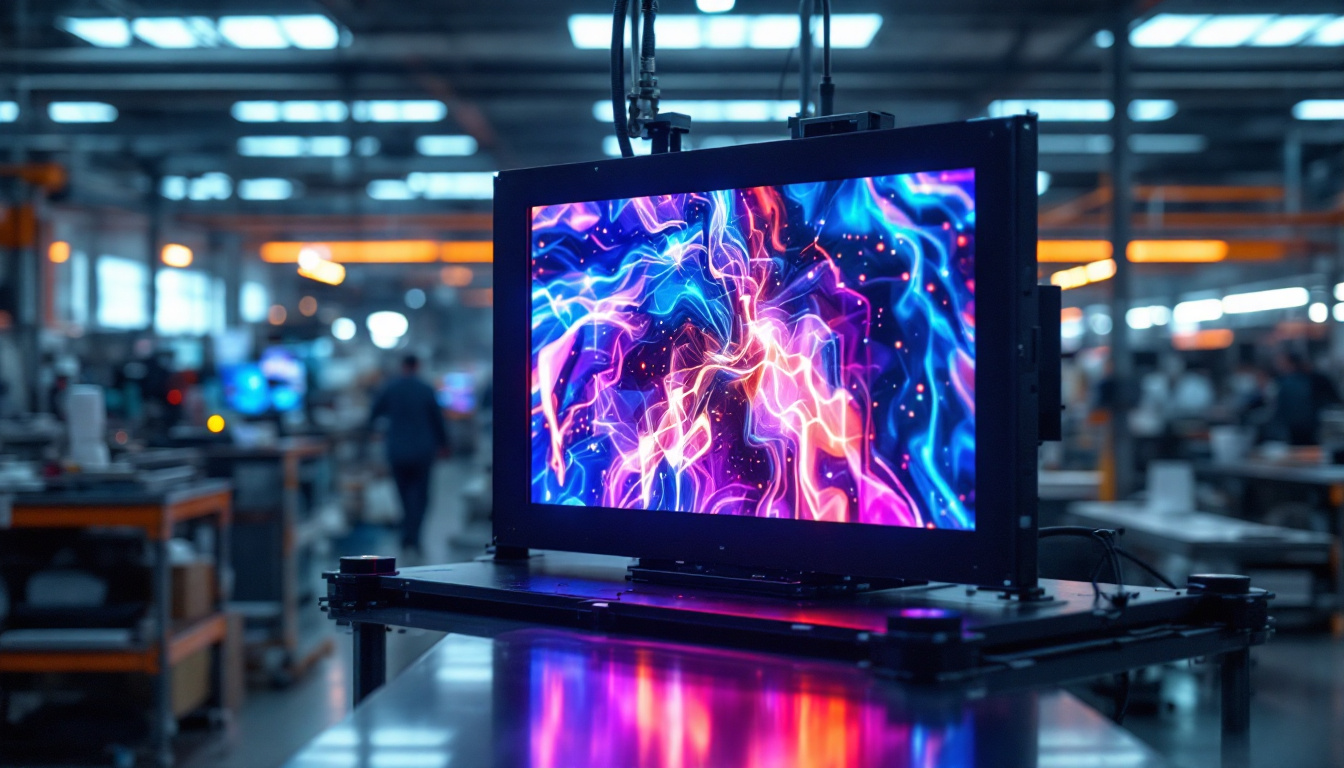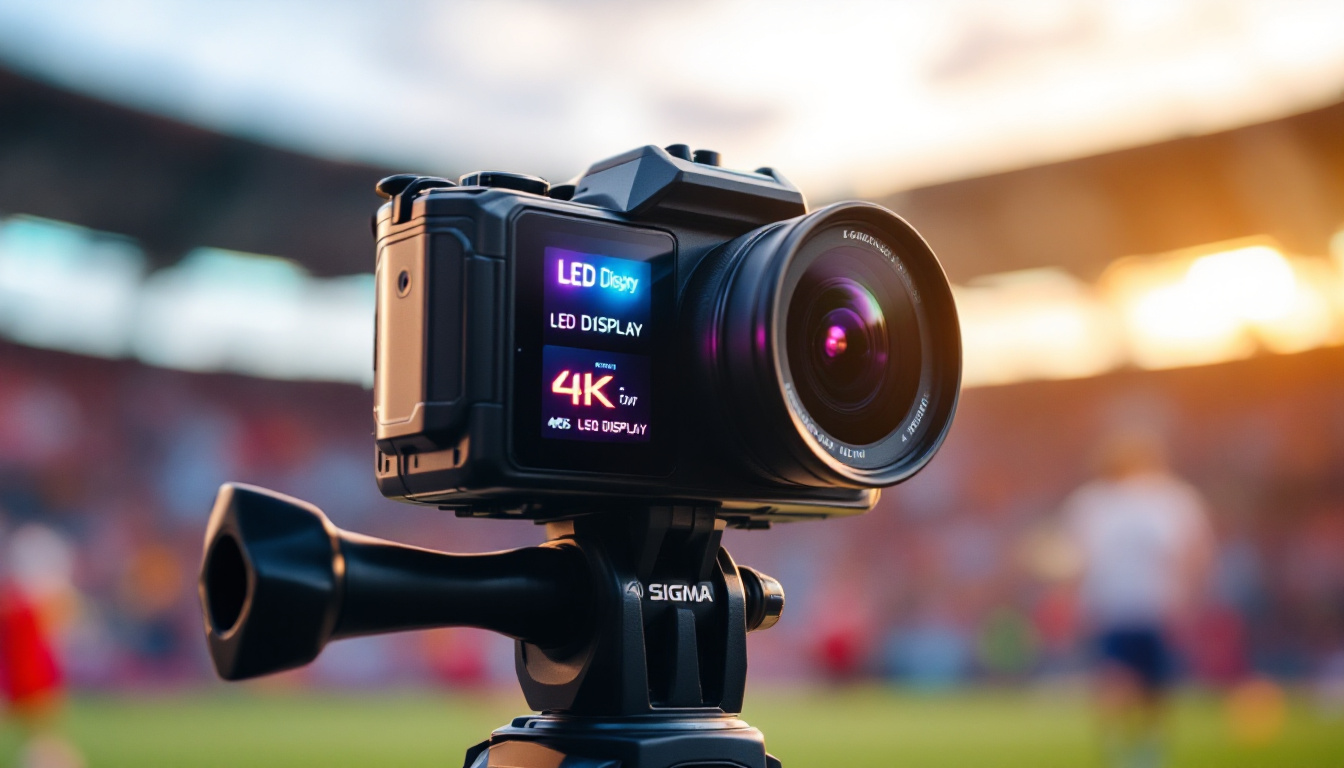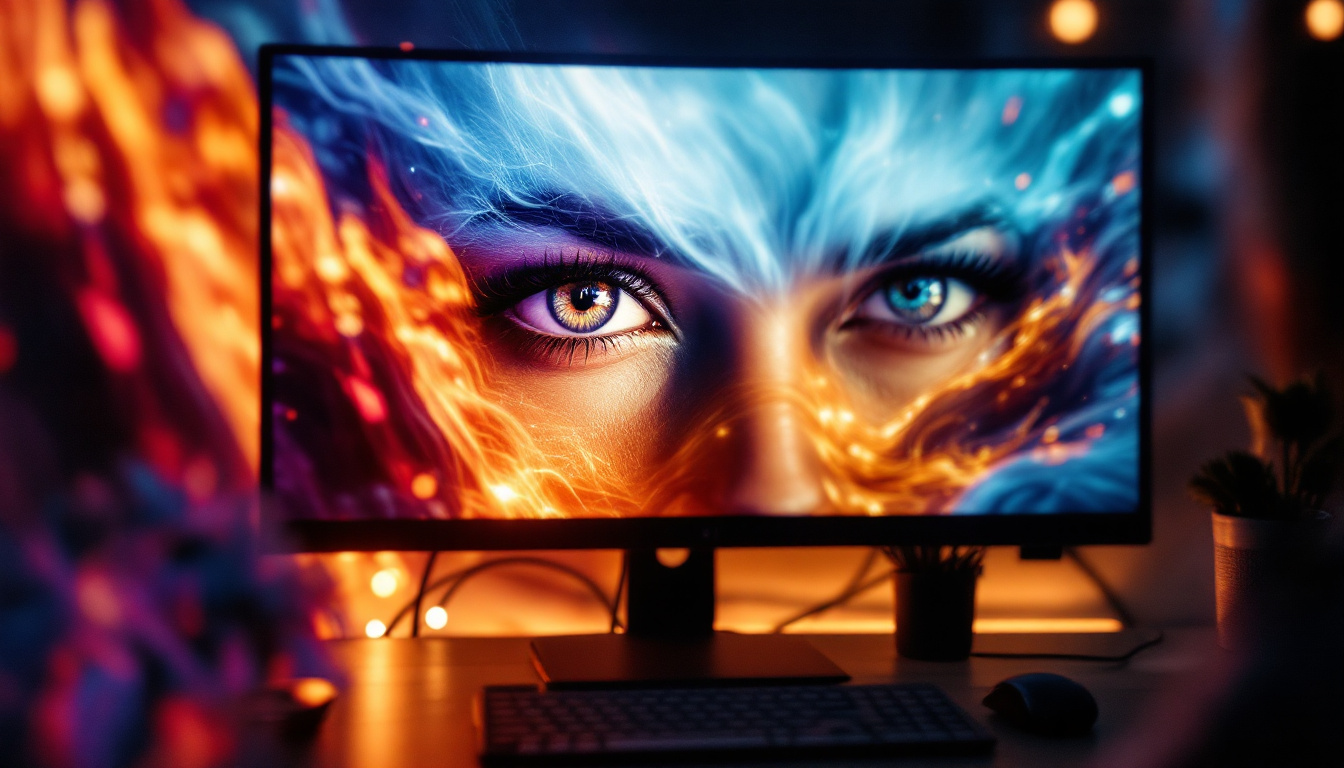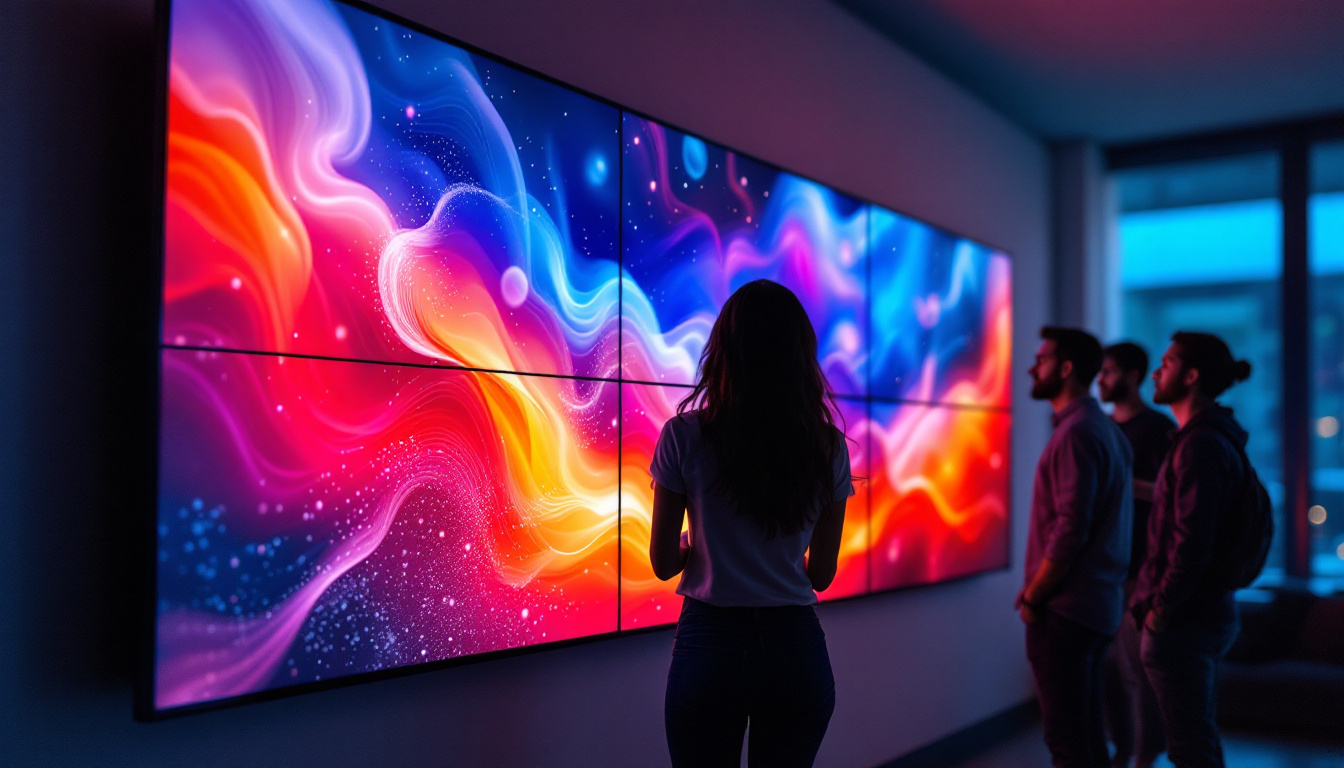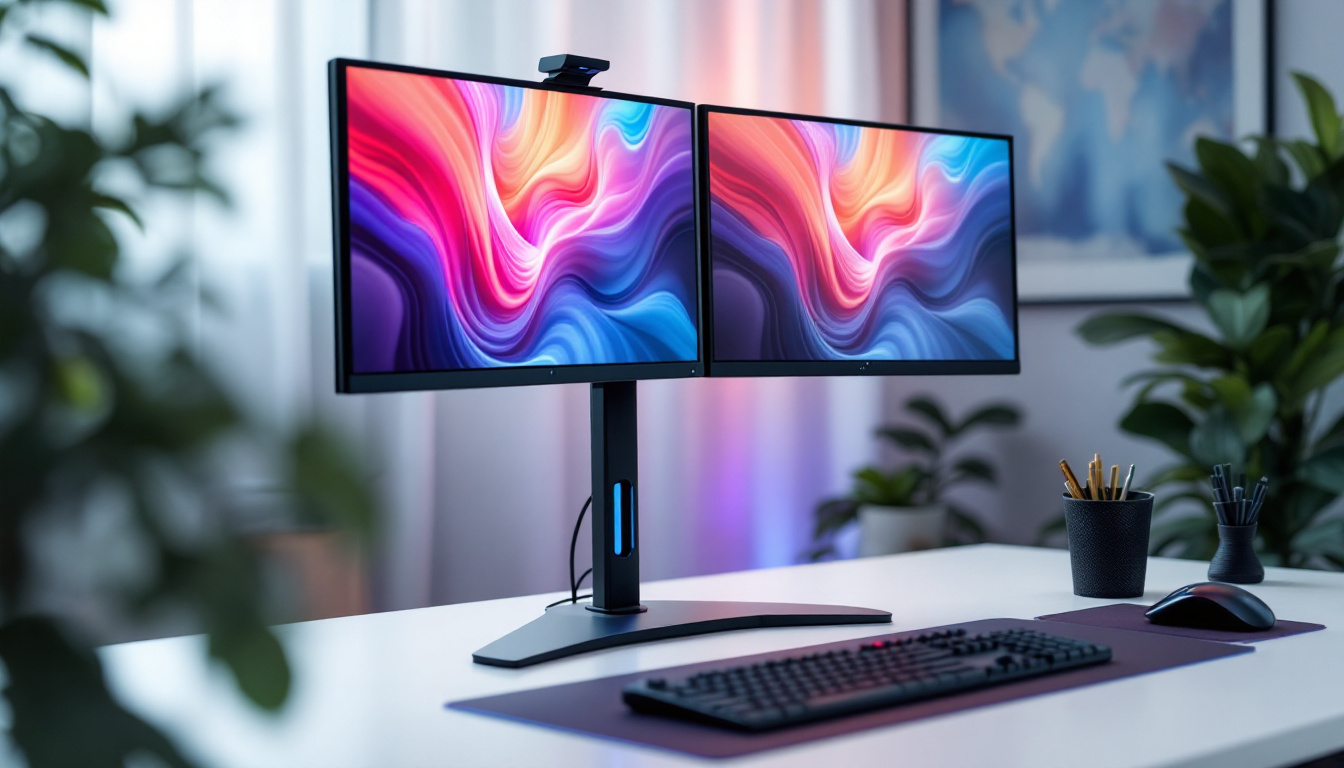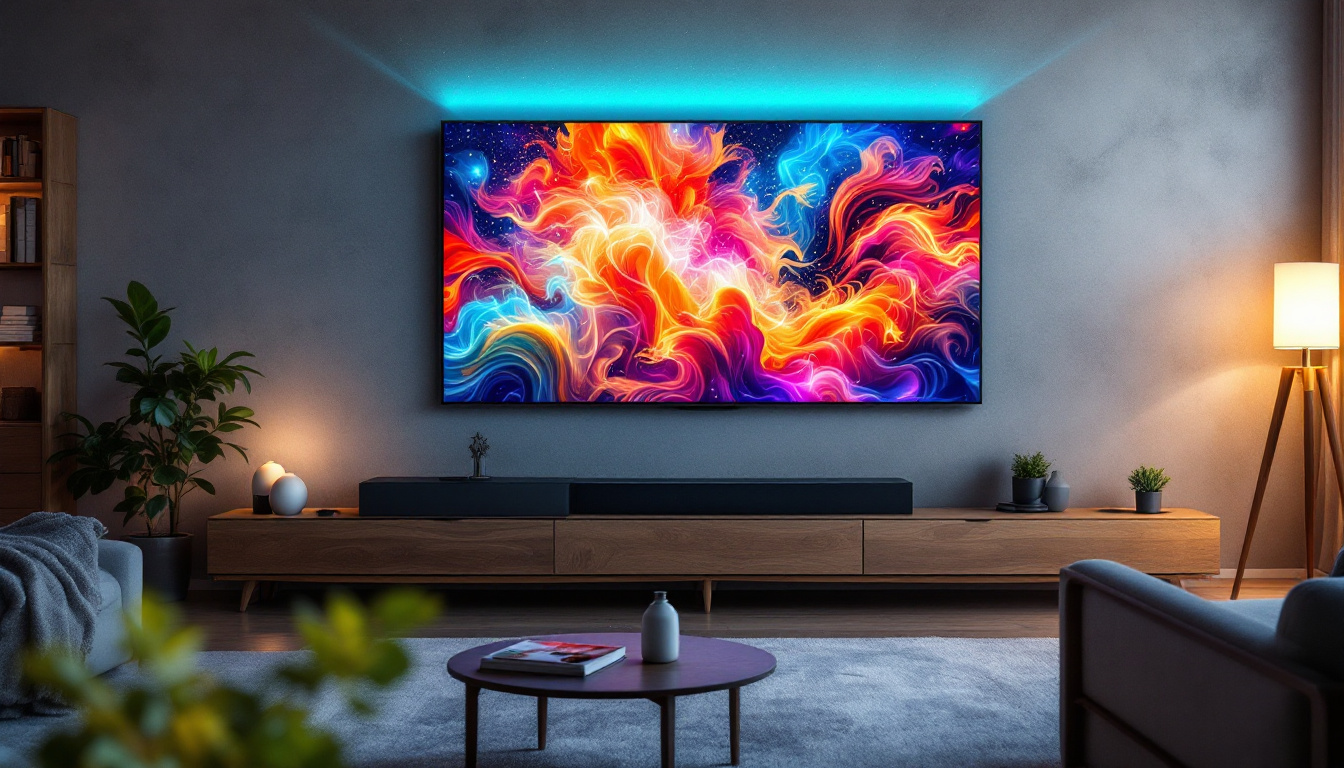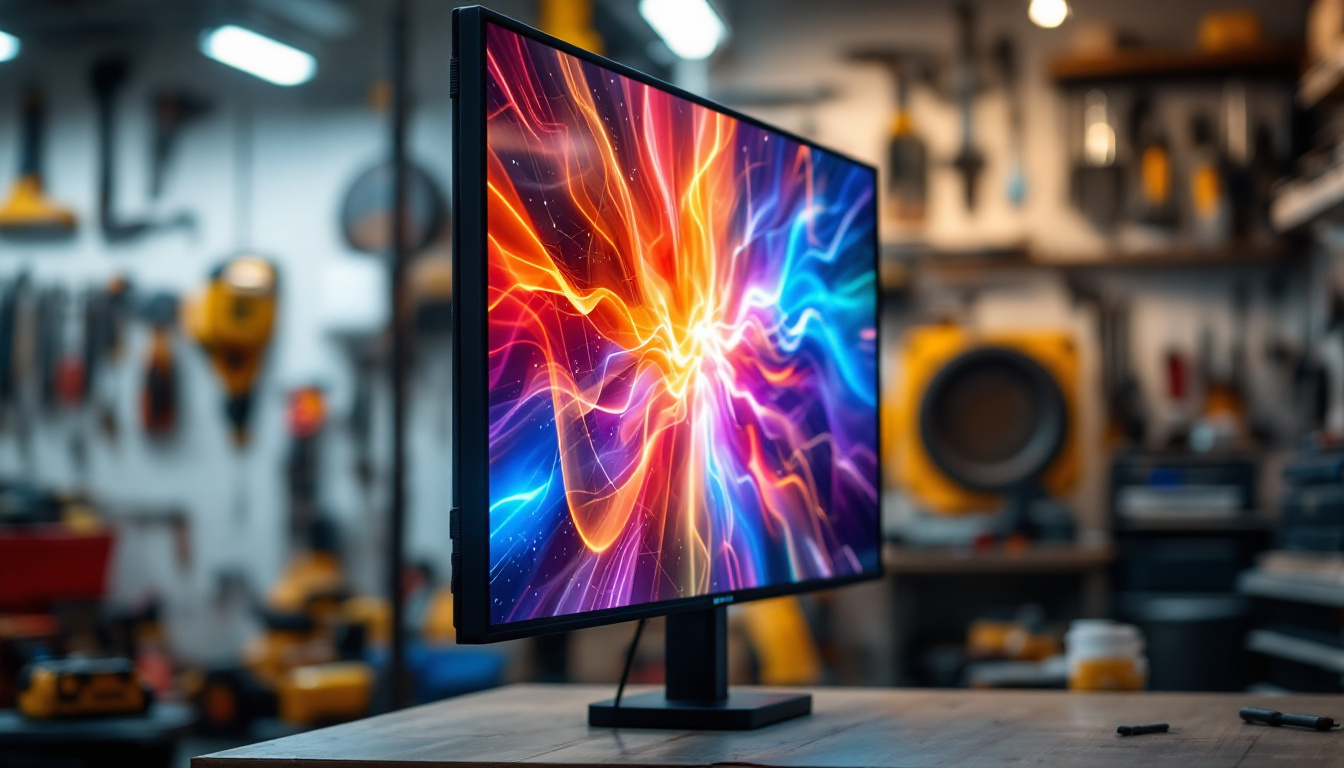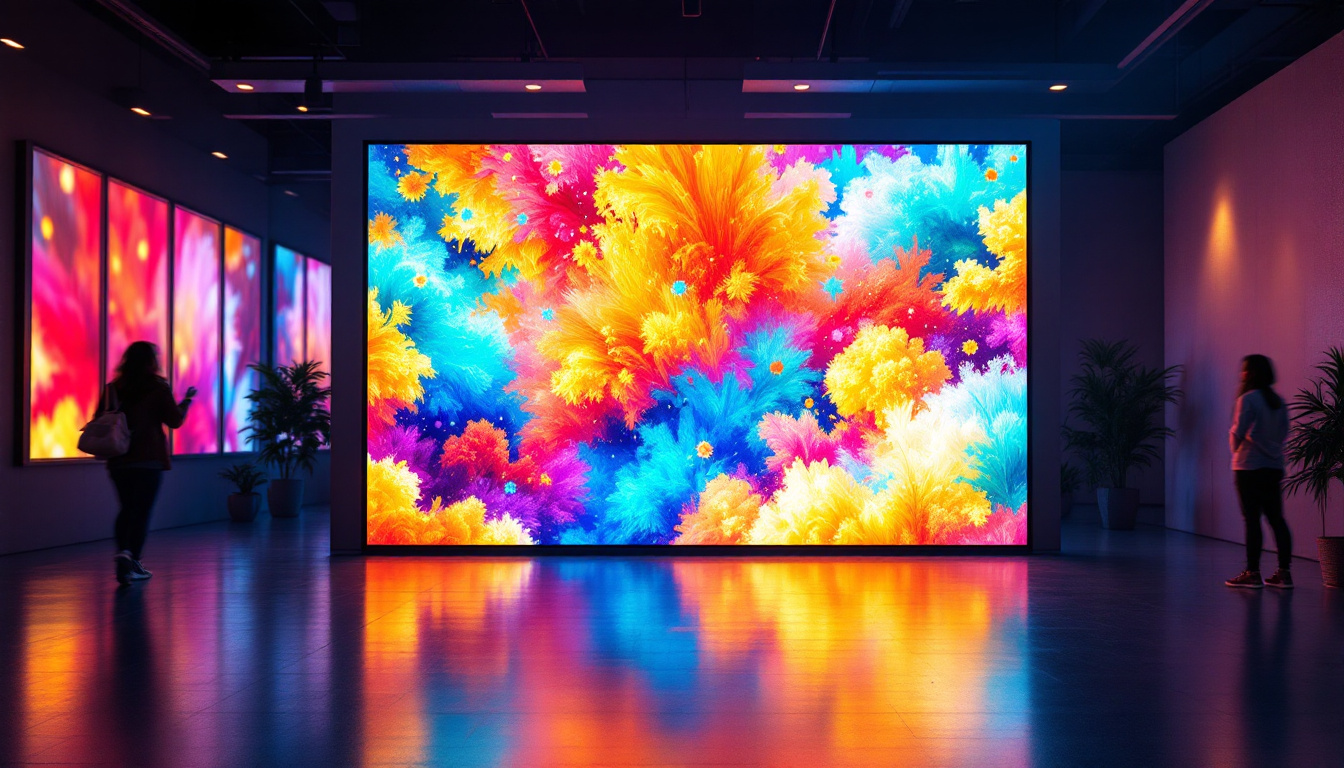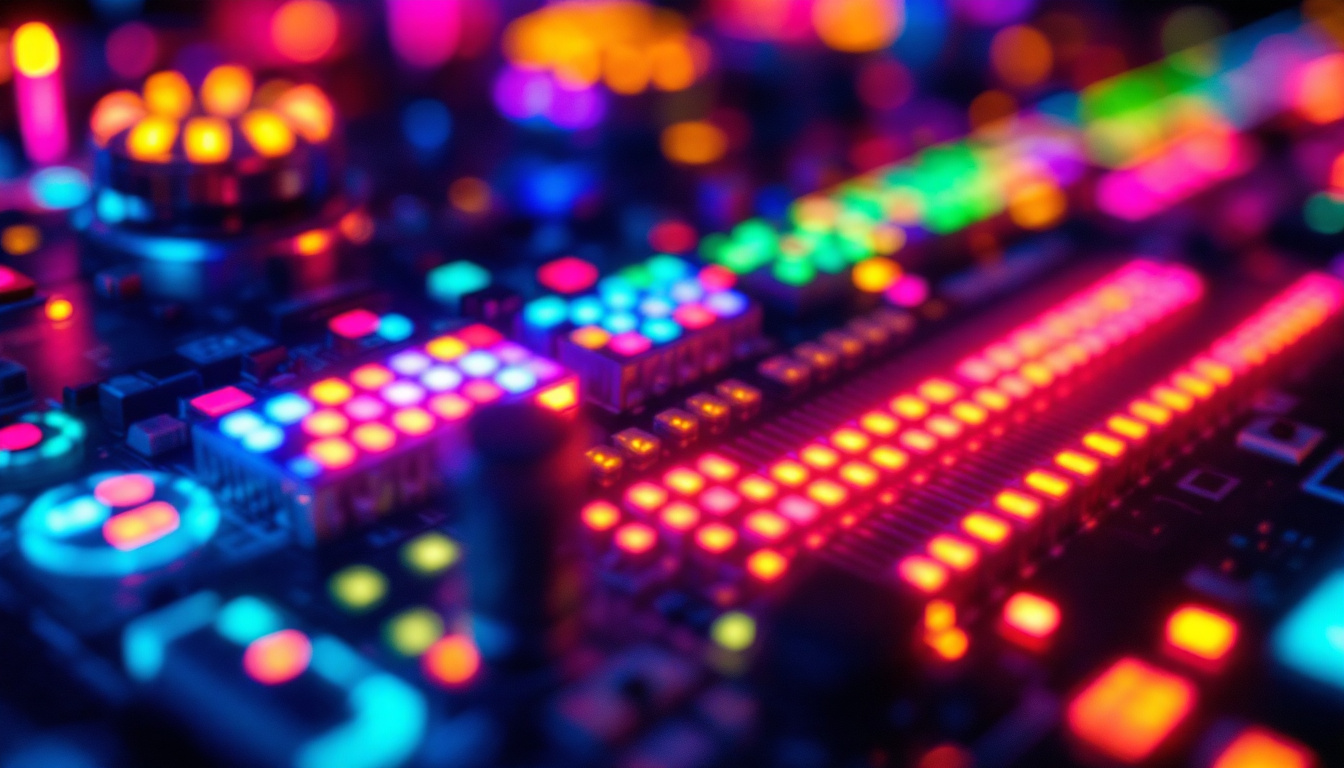In today’s fast-paced digital world, the choice of a monitor can significantly impact productivity and user experience. Among the various options available, the 24-inch LED monitor stands out as a popular choice for both casual users and professionals. This article delves into the intricacies of used 24-inch monitors, focusing on LED display technology, its benefits, and considerations when purchasing a second-hand unit.
Understanding LED Display Technology
LED (Light Emitting Diode) technology has revolutionized the way displays are manufactured and perceived. Unlike traditional LCDs that use fluorescent backlighting, LED monitors utilize tiny diodes to produce light, resulting in a more vibrant and energy-efficient display.
How LED Displays Work
At the core of an LED display is the use of semiconductor materials that emit light when an electric current passes through them. This technology allows for thinner screens and improved color accuracy. LED monitors can be categorized into two types: edge-lit and backlit. Edge-lit monitors have LEDs positioned along the edges of the screen, while backlit monitors have a full array of LEDs behind the screen, providing better uniformity and brightness.
Furthermore, the advancements in LED technology have led to the development of OLED (Organic Light Emitting Diode) displays, which take the concept a step further by using organic compounds that emit light. This results in even deeper blacks and a wider color gamut, making OLED displays particularly appealing for high-end televisions and professional-grade monitors. The flexibility of OLED technology also allows for innovative designs, such as curved and ultra-thin screens, enhancing the viewing experience in ways that traditional LED displays cannot match.
Benefits of LED Displays
LED displays offer numerous advantages over traditional monitors. One of the most notable benefits is their superior color reproduction and contrast ratios. This makes them ideal for graphic design, gaming, and media consumption. Additionally, LED monitors are generally more energy-efficient, leading to lower electricity bills and a reduced carbon footprint.
Another significant advantage is their longevity. LED technology tends to have a longer lifespan compared to older display technologies, which means users can expect a durable product when investing in a used 24-inch monitor. In fact, many LED displays can last up to 50,000 hours or more, significantly outpacing traditional CRT and LCD screens. This durability not only translates to cost savings over time but also contributes to less electronic waste, making LED displays a more environmentally friendly choice. Moreover, the rapid response time of LED displays minimizes motion blur, making them particularly advantageous for fast-paced gaming and action-packed movies, providing a smoother visual experience that enhances overall enjoyment.
Why Choose a 24-Inch Monitor?
The size of a monitor plays a crucial role in user experience. A 24-inch monitor strikes a balance between screen real estate and desk space, making it a versatile choice for various applications.
Optimal Screen Size for Productivity
For many users, a 24-inch screen provides enough space to work efficiently without overwhelming the workspace. This size is particularly beneficial for multitasking, allowing users to have multiple windows open side by side. Whether it’s for coding, graphic design, or general office work, a 24-inch monitor can enhance productivity without requiring excessive head movement. Additionally, many modern 24-inch monitors come with features such as adjustable stands and VESA mount compatibility, enabling users to customize their setup for maximum comfort and ergonomics. This adaptability can significantly reduce strain during long working hours, promoting a healthier work environment.
Ideal for Gaming and Entertainment
Gamers and movie enthusiasts also find 24-inch monitors appealing. The size offers an immersive experience without the need for a large room. With high refresh rates and resolutions, these monitors can deliver stunning visuals, making them suitable for both competitive gaming and casual viewing. Furthermore, many 24-inch models support advanced technologies like FreeSync and G-Sync, which help eliminate screen tearing and stuttering, providing a smoother gaming experience. The compact size also makes it easier to set up multiple monitors for a more extensive gaming or editing setup, allowing users to enjoy a panoramic view of their digital worlds without sacrificing desk space.
In addition to gaming, a 24-inch monitor is perfect for streaming services and multimedia consumption. With the rise of high-definition content, these monitors can display vibrant colors and sharp details, enhancing the viewing experience for movies and TV shows. Many models also feature built-in speakers, which can be a convenient addition for those who prefer a streamlined setup without external audio equipment. This combination of size, performance, and versatility makes the 24-inch monitor an excellent choice for anyone looking to upgrade their visual experience, whether for work or play.
Considerations When Buying a Used 24-Inch Monitor
Purchasing a used monitor can be a cost-effective way to acquire quality technology. However, it’s essential to consider several factors to ensure a satisfactory purchase.
Condition and Age of the Monitor
When evaluating a used monitor, the condition is paramount. Look for signs of wear, such as scratches on the screen or casing, dead pixels, and discoloration. Age also plays a role; older models may not support the latest resolutions or refresh rates, which could impact performance. Additionally, check the monitor’s functionality by testing all input ports and buttons to ensure they operate correctly. A monitor that has been well-maintained can provide many more years of reliable service, while one that shows significant wear may require replacement sooner than expected.
Specifications to Look For
Before making a purchase, it’s crucial to check the specifications of the monitor. Key features to consider include resolution, refresh rate, and panel type. A Full HD (1920×1080) resolution is standard for 24-inch monitors, providing clear and sharp images. A refresh rate of 60Hz is adequate for general use, but gamers might prefer 120Hz or higher for smoother gameplay.
Additionally, consider the panel type. IPS panels offer better color accuracy and viewing angles, while TN panels may provide faster response times. Understanding these specifications can help buyers make an informed decision. Furthermore, it’s wise to research the brand and model of the monitor, as some manufacturers are known for their durability and customer support. Reading reviews from other users can provide insights into common issues or strengths associated with specific models, helping you to avoid potential pitfalls.
Another important aspect to consider is the connectivity options available on the monitor. Ensure that it has the necessary ports to connect to your devices, such as HDMI, DisplayPort, or VGA. Some monitors may also include USB hubs, which can be a convenient feature for connecting peripherals. If you plan to use the monitor for multitasking or as a secondary display, check if it supports features like Picture-in-Picture (PiP) or Picture-by-Picture (PbP), which can enhance your workflow significantly.
Where to Buy Used 24-Inch Monitors
Finding a reliable source for used monitors can be challenging. However, several platforms cater to buyers looking for quality second-hand electronics.
Online Marketplaces
Websites like eBay, Craigslist, and Facebook Marketplace are popular options for purchasing used monitors. These platforms allow users to browse a wide selection and often provide detailed descriptions and images. However, caution is advised; always check seller ratings and reviews to ensure a trustworthy transaction.
Refurbished Electronics Stores
For those who prefer a more secure purchasing experience, refurbished electronics stores offer a great alternative. These retailers typically inspect and restore used monitors to a like-new condition, often providing warranties for added peace of mind. This option may come at a slightly higher price, but the assurance of quality can be worth the investment.
Setting Up Your Used 24-Inch Monitor
Once a used 24-inch monitor has been acquired, setting it up correctly is essential for optimal performance. Proper configuration can enhance the user experience and prolong the monitor’s lifespan.
Adjusting Display Settings
After connecting the monitor to a computer, adjusting the display settings is the first step. This includes setting the correct resolution, refresh rate, and color calibration. Most operating systems automatically detect the monitor and adjust settings accordingly, but manual adjustments may be necessary for optimal performance.
Ergonomics and Placement
Positioning the monitor correctly can prevent strain and enhance comfort. Ideally, the top of the monitor should be at or slightly below eye level, and the screen should be about an arm’s length away. Using a monitor stand can help achieve the desired height and angle, promoting better posture during use.
Maintaining Your 24-Inch Monitor
To ensure the longevity of a used monitor, regular maintenance is crucial. Simple practices can help keep the display in excellent condition.
Cleaning the Screen
Dust and fingerprints can accumulate on the screen, affecting visibility. To clean the monitor, use a microfiber cloth and a gentle screen cleaner. Avoid using harsh chemicals or abrasive materials that could damage the screen. Regular cleaning not only improves the viewing experience but also contributes to the monitor’s longevity.
Software Updates and Calibration
Keeping the monitor’s drivers and software updated can enhance performance and compatibility with new applications. Additionally, periodic calibration can ensure color accuracy, especially for users involved in graphic design or photo editing. Various software tools are available to assist with calibration, making it a straightforward process.
Conclusion
A used 24-inch monitor with LED display technology is an excellent choice for those seeking quality performance without breaking the bank. Understanding the benefits of LED technology, the considerations for purchasing, and the importance of proper setup and maintenance can lead to a satisfying user experience. Whether for work, gaming, or entertainment, a well-chosen monitor can significantly enhance productivity and enjoyment in the digital age.
In summary, the decision to invest in a used 24-inch monitor should be approached with careful consideration. By taking the time to evaluate options, check specifications, and ensure proper setup, users can enjoy the advantages of modern display technology while making a smart financial choice. With the right monitor, the digital world becomes more vibrant and engaging, making every task a pleasure.
Discover the Future of Visual Experience with LumenMatrix
Ready to elevate your visual experience with a monitor that embodies the pinnacle of LED technology? Look no further than LumenMatrix, a pioneer in crafting LED displays that transform any space into a dynamic environment. From the comfort of your home to the buzz of a sports arena, our extensive range of LED solutions, including Indoor and Outdoor LED Wall Displays, Vehicle LED Displays, and more, are designed to bring your vision to life with unparalleled clarity and vibrancy. Don’t settle for less when you can have the best in display technology. Check out LumenMatrix LED Display Solutions today and see the difference for yourself!

